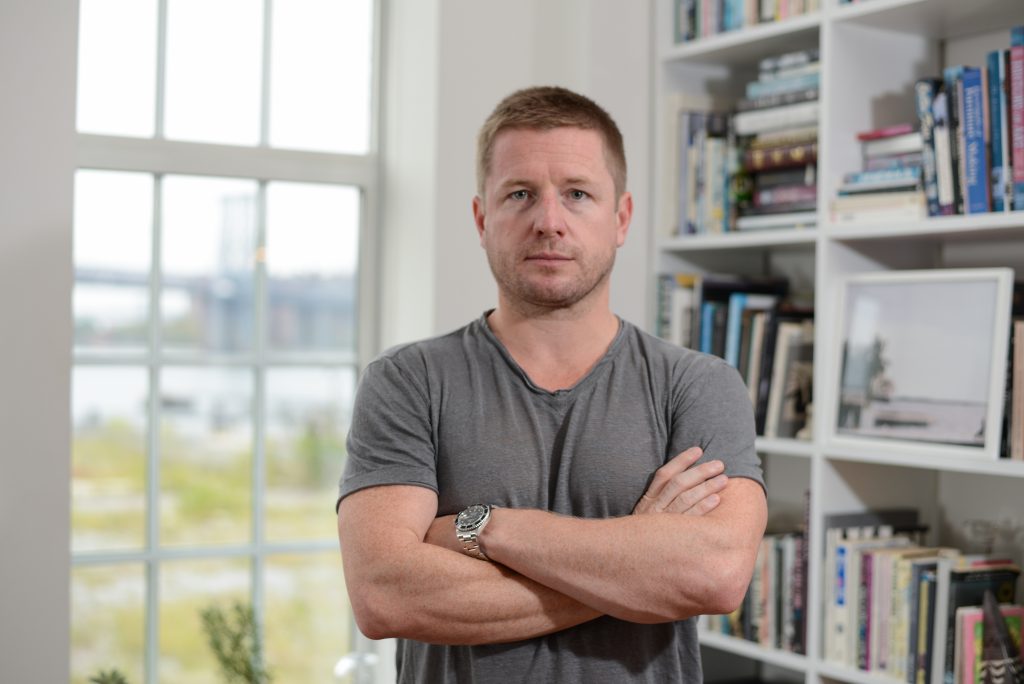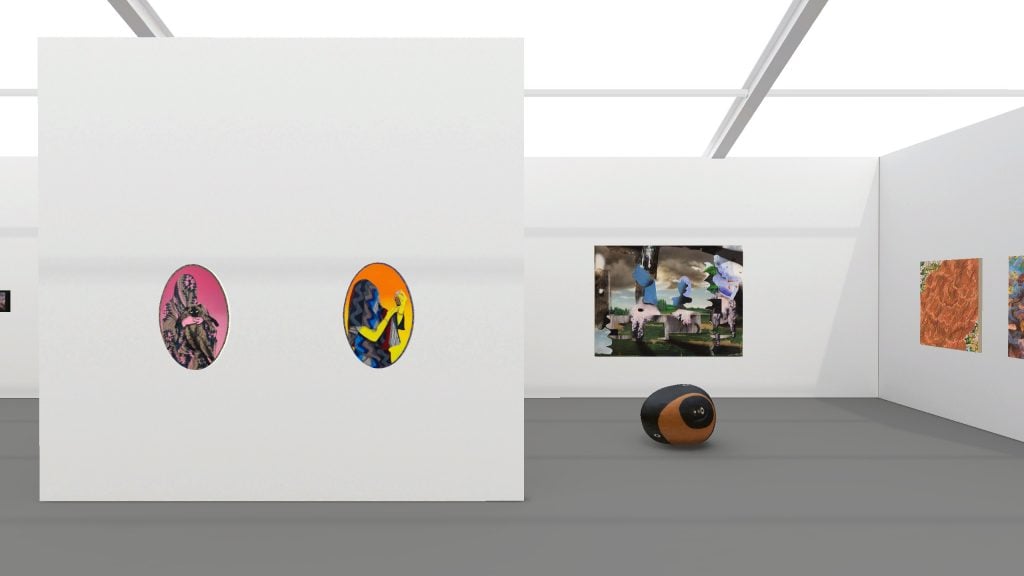Op-Ed
The Art Industry Has Been Too Slow to Embrace VR Technology. Here’s How It Can Support—and Shape—the Market
The founder of the Untitled art fair suggests that embracing new technology is vital to the future of the art market.

The founder of the Untitled art fair suggests that embracing new technology is vital to the future of the art market.

Jeff Lawson

As a whole, we in the art world value creativity as our number one mandate, yet our business models have not matched the technological advances of the last few decades. Because of privacy concerns around the collecting and selling of artwork, the majority of the industry has resisted adopting digital sales platforms until now, when it has become a necessity for survival.
Plain and simple, our slow-moving industry needs innovation.
To that end, COVID-19 has cut an interesting crossroads in the art world, forcing change. Our industry needs to embrace new technologies, financial models, and partnerships that will encourage broader engagement and access. It’s also necessary that we do this thoughtfully and not just for the sake of “getting online.”
By moving business strategies to the digital realm, we have to be aware that financial models also have to change to support different development costs. While an art fair typically must produce venues and hire extensive onsite staff, now those costs can go into technology development and the costs of tech support. Expenses for galleries also change. Instead of art-fair booth fees, shipping, travel, insurance, and entertainment expenses, galleries may perhaps spend money on more extensive photography and video renderings, and on producing digital supporting materials about their artists and exhibitions.
We have already begun to see the art world’s migration to online formats. However, for the most part, this has been a reactionary pivot due to the pandemic. At the moment, the art world is mobilizing its programming and content online as the only available way to engage audiences.

Portrait of Jeff Lawson, Founder of Untitled Art. Photo: Casey Kelbaugh.
Still, we have to remember that a lot of art can only be experienced in “real life,” so we need to make the digital experience as compelling and meaningful as possible to maintain authenticity. The VR platform, which increases opportunities for galleries and artists by providing a global, rather than a regional platform, is one way to pursue this goal.
Several years ago, I started looking into how we could create a platform to complement Unttield’s physical fairs in Miami Beach and San Francisco to provide galleries and artists with the opportunity to reach broader audiences outside those two cities. We determined that this idea would be best served online.
A year ago, I reached out to Artland, an art and technology company based in Denmark, to form a joint venture to engineer a state-of-the-art platform to replicate the physical art fair experience. Using the latest in gaming technology and 3D-architectural modeling, we developed an immersive VR experience that had yet-to-be-realized in the art world. (The fair, which is live now, is on through Sunday, August 9.)
But technological advancements are not meant to replace physical fairs or the real-life viewing of art. Nothing will replace the experience of seeing art in person, or the community that art fairs, biennials, and large gatherings create. Our new fair, Untitled, Art Online, Powered by Artland, has a technological mission that seeks to enhance the market, not replace physical experiences.

Works by Amir H. Fallah, Cammie Staros, Annie Lapin, and Michael Stamm at Shulamit Nazarian, Booth C9 at Untitled, Art Online, Powered by Artland.
The market for digital sales has long existed, and many collectors now regularly purchase art ahead of physical fairs, directly from PDFs. If collectors are buying art through digital means, why not embrace a platform that enhances artwork, so that it can be experienced in a curated space with the added value of context? It can be fatiguing to scroll through images online, and we wanted to provide an experiential element for additional engagement and exploration. Perhaps something will catch your eye walking through an immersive VR environment that you wouldn’t necessarily see otherwise.
The next generation of collectors already operates in the digital sphere, which encourages access and responsiveness and transparency. The digital art fair’s accessibility is a democratizing force for galleries, collectors, and fairgoers alike: by creating this platform, the fair exists everywhere, at once, globally.
This shift involves recognizing that technology is in a constant state of development. As we move further into this space, we must acknowledge that it is an evolving process and an exploration of what’s possible, wherein we remain open to learning as we work. Because the deeper we delve into tech innovation, the more we can embrace our creative mandate.